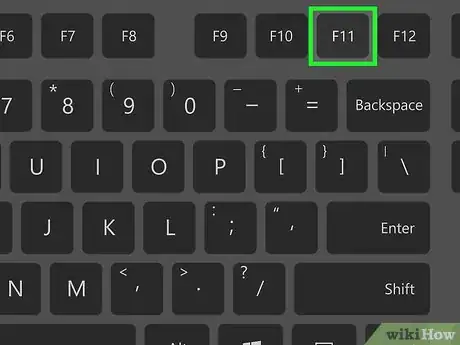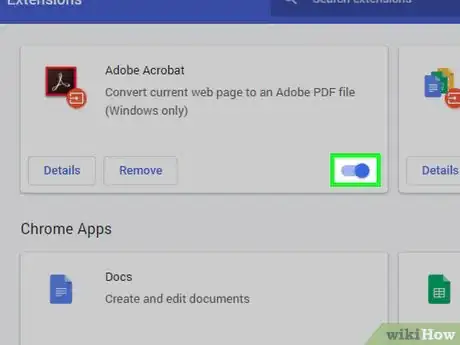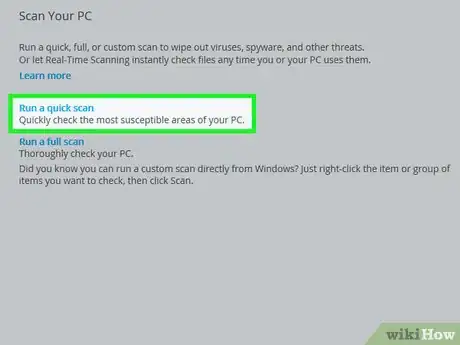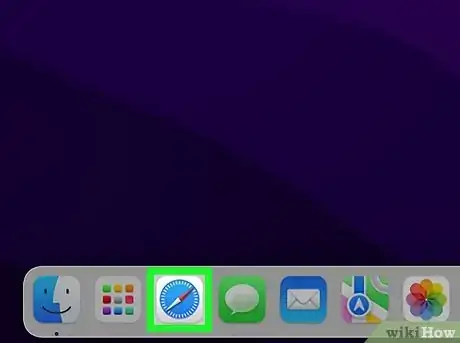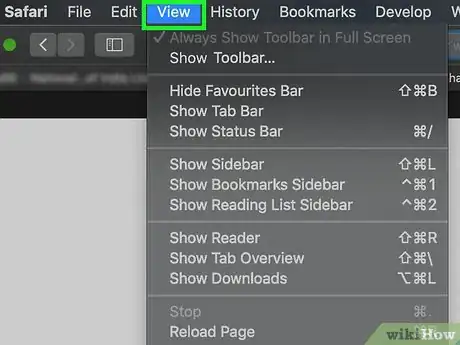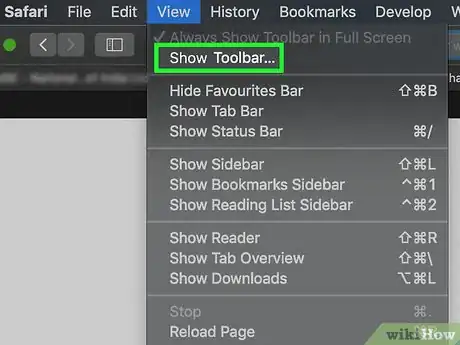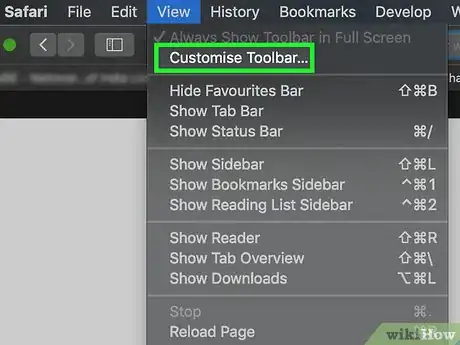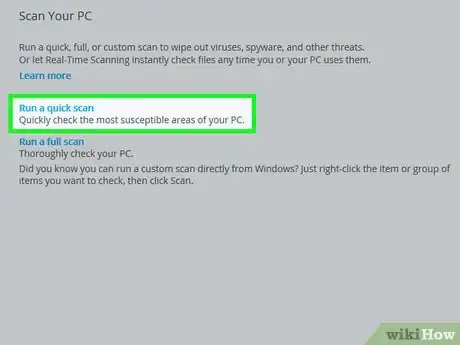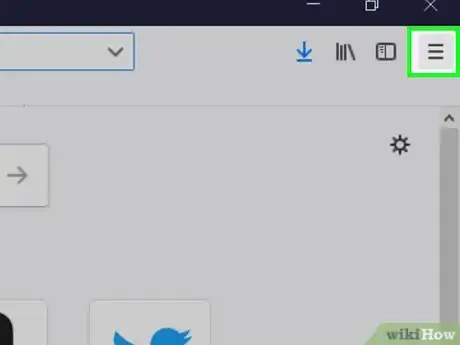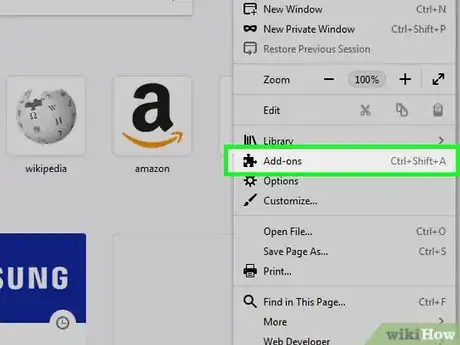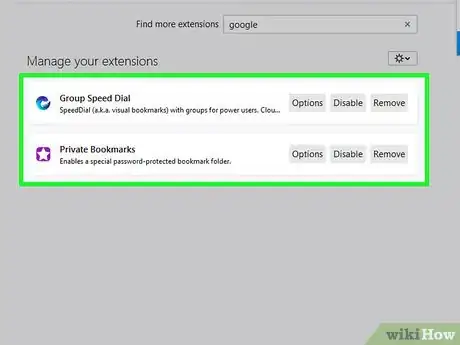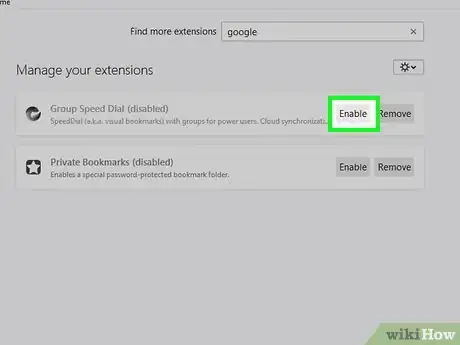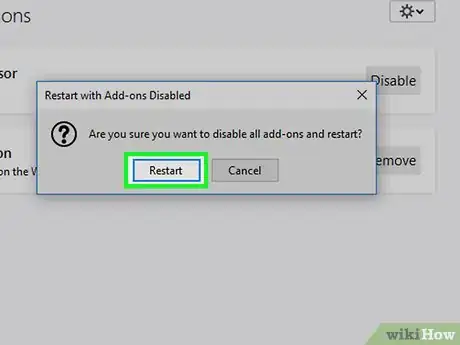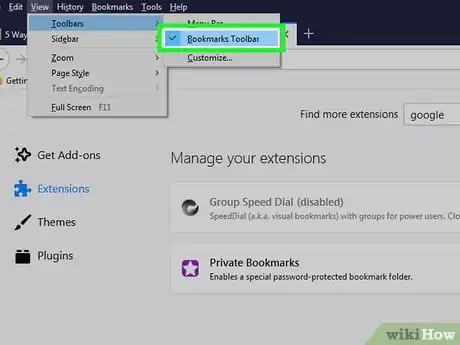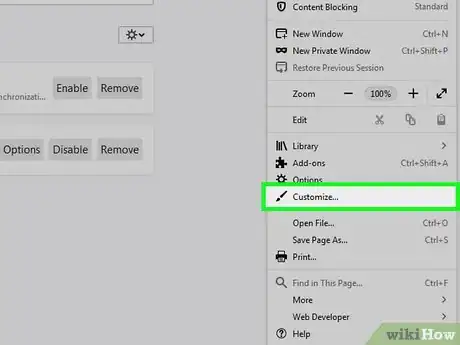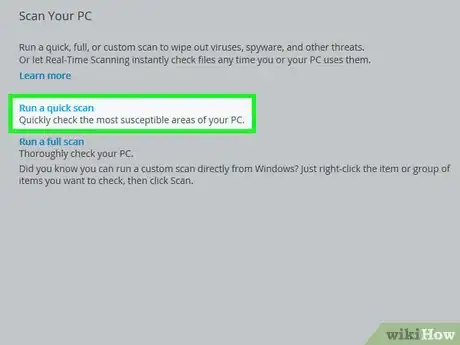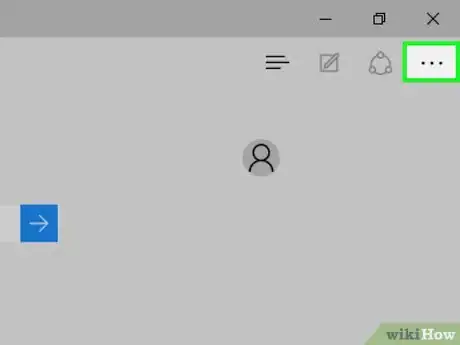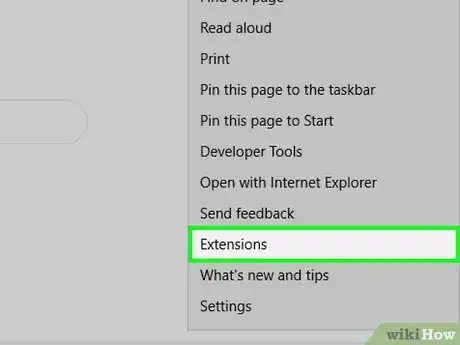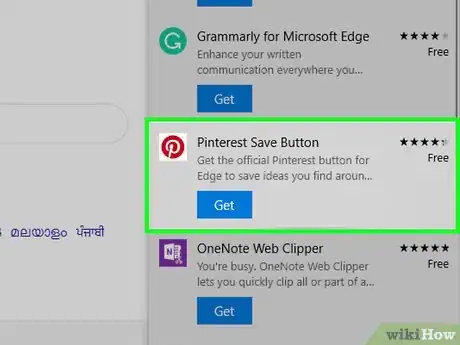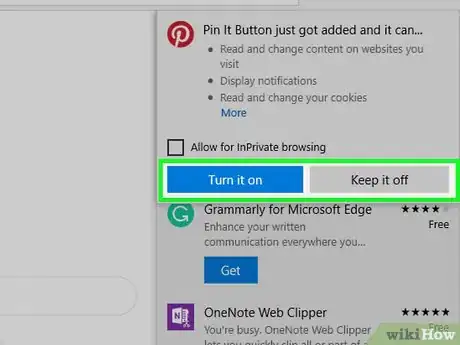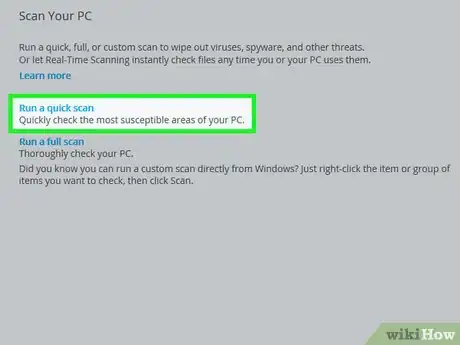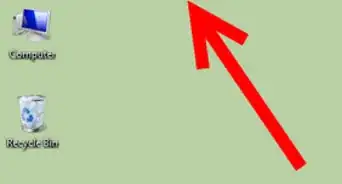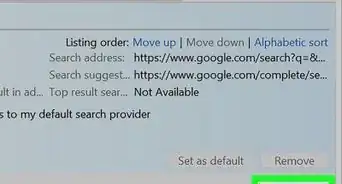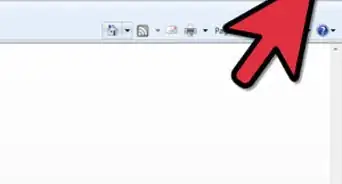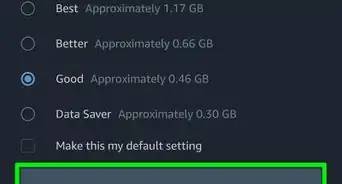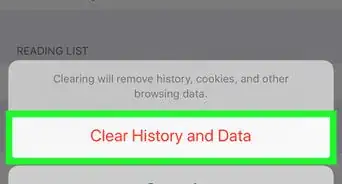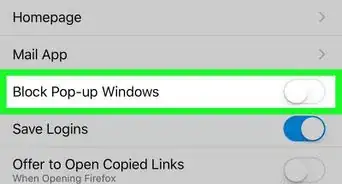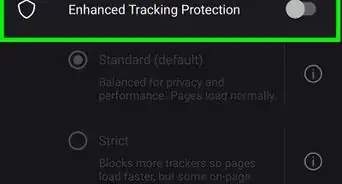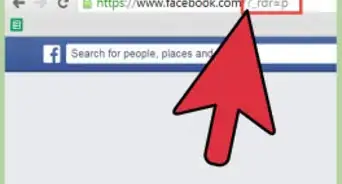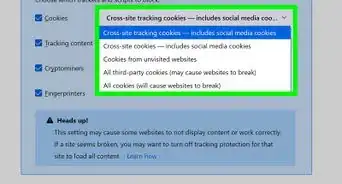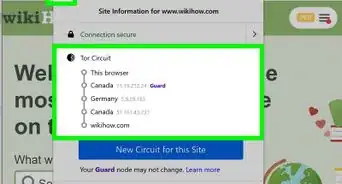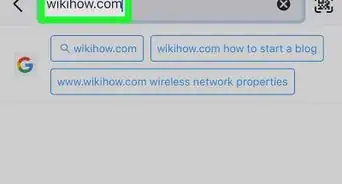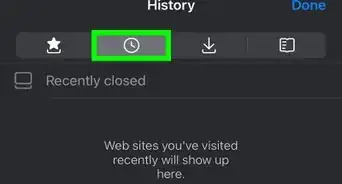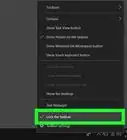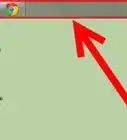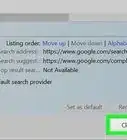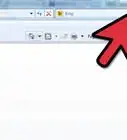This article was co-authored by wikiHow staff writer, Darlene Antonelli, MA. Darlene Antonelli is a Technology Writer and Editor for wikiHow. Darlene has experience teaching college courses, writing technology-related articles, and working hands-on in the technology field. She earned an MA in Writing from Rowan University in 2012 and wrote her thesis on online communities and the personalities curated in such communities.
The wikiHow Tech Team also followed the article's instructions and verified that they work.
This article has been viewed 822,044 times.
Learn more...
Where did your toolbars go? Here's what you can do to get your toolbars back in Chrome, Firefox, Microsoft Edge, and Safari. Since mobile browsers don't allow for additional toolbars, you cannot perform these steps on mobile. This wikiHow article shows you how to restore a missing toolbar in your computer's web browser.
Things You Should Know
- Get out of full-screen mode if you're opening your browsers in it. To do this, press "F11" or "Fn + F11" (Windows) or click the green circle in the top left corner of your browser (Mac).
- Make sure the toolbar's extension is enabled. Go to "Extensions" and check to see if the toolbar is listed there or if it is enabled.
- If all else fails, run a virus scan to make sure your system isn't buggy due to an infection.
Steps
On Safari
-
1Make sure that you open Safari in window mode rather than full-screen. If Safari is already open and in full-screen mode, hover your cursor at the top of the screen, then click the green button in the upper-left side of the screen when it appears.[1]
-
2Click View. This menu item is at the top of the screen. Clicking it prompts a drop-down menu.
-
3Click Show Toolbar. It's near the bottom of the View drop-down menu. Doing so should bring your toolbar back up.
- You can also click Show Path Bar and Show Tab Bar here if you're missing the URL text box or the tab view at the top of Safari.
- If you see Hide Toolbar here instead, click Hide Toolbar and then click Show Toolbar to re-activate it.
-
4Customize your toolbar. To do so:
- Click View
- Click Customize Toolbar...
- Click and drag items from the menu up onto the toolbar.
-
5Run a virus scan. If your toolbar keeps disappearing even though you've activated it, you may have a piece of malware on your Mac that's preventing the toolbar from loading when you open Safari. A virus scan should help remove the malware.
On Firefox
-
1Make sure that you aren't in full-screen mode. If you are in full-screen mode, exit it by doing the following:
- Windows - Press F11 (or Fn+F11) to exit full-screen mode.
- Mac - Hover your mouse at the top of the screen, then click the green circle in the top-left corner of the screen when it appears.
-
2Click ☰. It's in the top-right corner of the window. A drop-down menu will appear.
-
3Click Add-ons. This option is in the drop-down menu. Doing so opens the Add-Ons page.
-
4Click the Extensions tab. You'll find it in the upper-left side of the page.
-
5Find your toolbar extension. Scroll up or down to find the extension that serves as the toolbar that you want to enable.
-
6Click Enable. It's to the right of the extension's name.
-
7Click Restart now when prompted. You'll see this link pop up above the toolbar that you're enabling. Firefox will restart; when it finishes restarting, your toolbar should be back.
-
8Enable default toolbars. If enabling your add-on toolbar didn't solve your problem, you'll most likely need to enable default toolbars. To do so:
- Click View (on Windows, press the Alt key first)
- Select Toolbars
- Click a toolbar that you want to enable (e.g., Bookmarks Toolbar)
- Repeat for remaining toolbars if needed.
-
9Customize your toolbar.
- Click ☰
- Click Customize...
- Make sure that "Toolbars" is selected in the drop-down menu at the bottom of the page.
- Click and drag toolbar options from the middle of the page to the upper-right side of the window.
-
10Run a virus scan. If your toolbars still won't work properly, you may have a virus on your computer. Scanning your computer with antivirus software will determine whether or not this is the case; if you do have a virus, the software will usually eliminate it.
On Microsoft Edge
-
1Click ⋯. This icon is in the top-right corner of the browser window. A drop-down menu will appear.
-
2Click Extensions. It's near the bottom of the drop-down menu.
-
3Select your toolbar. You may need to scroll down to find the toolbar that you want to use. Once you find it, click it to select it.
-
4Click the white switch below the toolbar's name . It will turn back on . This will enable the toolbar's service, as well as the switch below it that's labeled "Show button next to the address bar".
- You can repeat this process for other missing or hidden toolbars by clicking the "Back" arrow in the top-left side of the menu and then selecting a different service.
-
5Run a virus scan. If your toolbars still won't work properly, you may have a virus on your computer. Scanning your computer with antivirus software will determine whether or not this is the case; if you do have a virus, the software will usually eliminate it.
Community Q&A
-
QuestionHow can I make Yahoo my homepage while using Google Chrome?
 Community AnswerClick the three dots in the top right corner of Google Chrome, and click on "Settings." Under Settings, you'll see "On startup." Select the option to open a specific page(s), then enter the URL of your preferred page (yahoo.com).
Community AnswerClick the three dots in the top right corner of Google Chrome, and click on "Settings." Under Settings, you'll see "On startup." Select the option to open a specific page(s), then enter the URL of your preferred page (yahoo.com). -
QuestionHow do we get the tool bar in Chrome Browser?
 FyrelordCommunity AnswerWhen you log into Chrome, click the puzzle piece at the top right-hand corner to access the tool bar.
FyrelordCommunity AnswerWhen you log into Chrome, click the puzzle piece at the top right-hand corner to access the tool bar.
Warnings
- Some toolbars will slow down your browser, and you should get rid of them to speed it up again.⧼thumbs_response⧽
